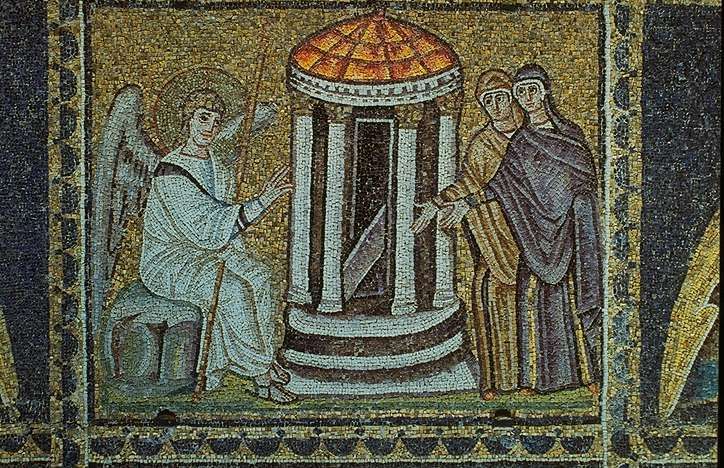
Site historique consacré à Marie, surnommée "la Magdaléenne" (alias Marie de Magdala, alias Marie-Madeleine)
2 Avril 2020

En Français

Cliquer ci-dessous
![]()
What is the original meaning of Mary “the Magdalene”?

Michael Sokoloff, A Dictionary of Jewish Palestinian Aramaic of the Byzantine Period, Bar Ilan University Press, 1992, p. 121, col. 1:

מגדלה = Extolled
“Mary the Magnified”, in modern Hebrew, is Miriam ha-Mougdelet. But in Palestinian Aramaic used in Jesus’ time, “Mary the Magnified” is Miriam Megaddela. Now, in the Babylonian Talmud the mother of Jesus is very precisely called Miriam Megaddela – מרים מגדלא –. The scribes of the Talmud, who express themselves in Eastern Aramaic, have not only kept the correct pronunciation but the right spelling. But these same scribes – who like puns and sometimes cultivate derision – have, however, added to her name the word neshaya – נשיא – (at first), and then sear neshaya – שער נשיא – (in later manuscripts) to give Megaddela the meaning of “hairdresser”. “Miriam the Magnified” thus became “Miriam the women’s hairdresser”. Then, in the Toledoth Yeshu (Jewish parodic account of the life of Jesus) written in Hebrew, Miriam Megaddela became Miriam Megaddelet – מרים מגדלת –. In the Christian world, the original meaning quickly lost. Miriam Megaddela – transliterated Maria hê Magdalênê (Μαρία ἡ Μαγδαληνή), in the Greek text of the Gospels – became in our translations “Mary of Magdala”: a female character in whom we have fatally believed to see a person different from the mother of Jesus who was supposed to be from Nazareth…
This aspect of the question was particularly developed in chapter XXII, entitled “Mary of Magdala or Mary the Magnified?”, of my work published in 2017 at the Presses Universitaires de Provence: Marie appelée la Magdaléenne. Entre traditions et Histoire: ier-viiie siècle (pp. 287-307) where all the philological tracks were explored. By acquiring consciousness, I had (before publication) given this chapter to read to Professor Stemberger, of the University of Vienna – one of the most eminent specialists in Rabbinic literature and Semitic languages – for him to verify his relevance and correct any errors. With the exception of one detail, without consequence for our purpose, he had found nothing to complain about.
See also:
/image%2F2630383%2F20191024%2Fob_844100_gf14-00321magnificat.jpg)
Mary Magdalene and the Magnificat - Marie appelée la Magdaléenne (Marie, Marie-Madeleine)
Recommended paper on Academia / Article recommandé sur Academia Sandro Botticelli, Madonna del Magnificat (c. 1485) En F rançais Cliquer ci-dessous Sandro Botticelli, Madonna del Magnificat (c ...
http://marie-la-magdaleenne.over-blog.com/2019/10/mary-magdalene-and-the-magnificat.html